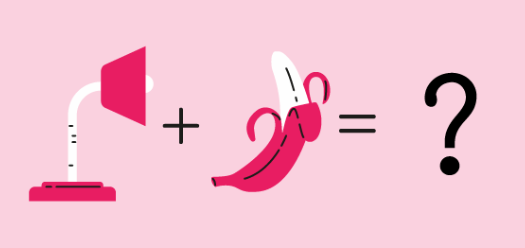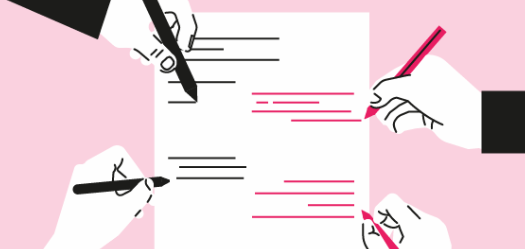10 Creative Exercises That Are Better Than Brainstorming. By developing a visual story to explore the problem at hand as a narrative, your team will be able to see how ideas interact and connect to form a solution. Take a few minutes to have everyone on the team write out their ideas as individual notes. 3) Brain-Writing In this exercise, participants simply write down a few rough ideas for solving a particular problem on a piece of paper. This process is repeated until everyone has had a chance to add to each original piece of paper. Taking your central theme or topic: Write down everything you currently know about the subject. is essentially a process for expanding and improving upon ideas by testing and questioning them from different angles. Each member of your team will sketch an image related in a central way to a concept, idea or topic you want to explore further. 10) Six Thinking Hats There's a whole host of problem solving exercises and tools that help participants to put themselves into the shoes of another. The method involves breaking down ideas into six areas of thought: When approaching a new problem or project, have each member of your team put on one of these different "hats" for the discussion.

We’re all familiar with traditional brainstorming as a method for producing new ideas, but there are many alternative exercises for tackling problems and developing new ideas, both individually and in a group setting.
Ranging from structured to silly, here’s a selection of ten simple techniques and exercises to help you get your problem solving juices flowing:
10 Alternative Creative Exercises
1) Storyboarding

If you're trying to design a process, storyboarding can help you see where your collective understanding of a problem supports or conflicts with a proposed solution, and where more thought/research is needed. By developing a visual story to explore the problem at hand as a narrative, your team will be able to see how ideas interact and connect to form a solution.
Sticky notes are your friend. Take a few minutes to have everyone on the team write out their ideas as individual notes. These don't have to be complete thoughts -- physically pinning up quotes, pictures, user info, and the like can help you see new relationships between different components.
Once you have a group of sticky notes to work from, start arranging them on the board as a progression: first this, then that. Organizing your ideas as a continuous series will help you see new connections and eliminate extraneous material that doesn't support your end goal.
2) Forced Connections

This exercise involves bringing together ideas that serve very different needs or interests to form a new concept. You see this sort of thinking all the time in products like the Apple watch, the Swiss Army knife, smartphones, or even sofa beds.
To put this method into practice, bring a bag of random items to your next meeting, or draw up two lists of unrelated items on the board. Ask team members to pick two or more items and explore different ways they can be connected. This technique can produce some silly results, but it's ultimately a helpful way of getting your team out of a creative rut.
3) Brain-Writing

In this exercise, participants simply write down a few rough ideas for solving a particular problem on a piece of paper. Each piece of paper is then passed on to someone else, who reads it silently and adds their own ideas to the page. This process is repeated until everyone has had a chance to add to each original piece of paper. The notes can then be gathered, ready for discussion.
The big advantage of brain-writing is that it makes sure everybody is given the opportunity to have their thoughts and ideas thoroughly considered by the group. This avoids the loudest or most extroverted people unintentionally dominating the sessions.
4) Zero Draft

The Zero Draft is an ideation technique for individuals often used by writers and is essentially a form of focused free-writing. For marketers and agency professionals, it can help focus the first stages of a new project by establishing what you currently know and getting your initial ideas out of your brain and onto paper.
Taking your central theme or topic:
- Write down everything you currently know about the
subject. - Write down what you need or want to know about
the subject, but don’t currently know. - Reflect on why the subject is important.
- Add anything else that takes your fancy — this is a chance to
get…
COMMENTS